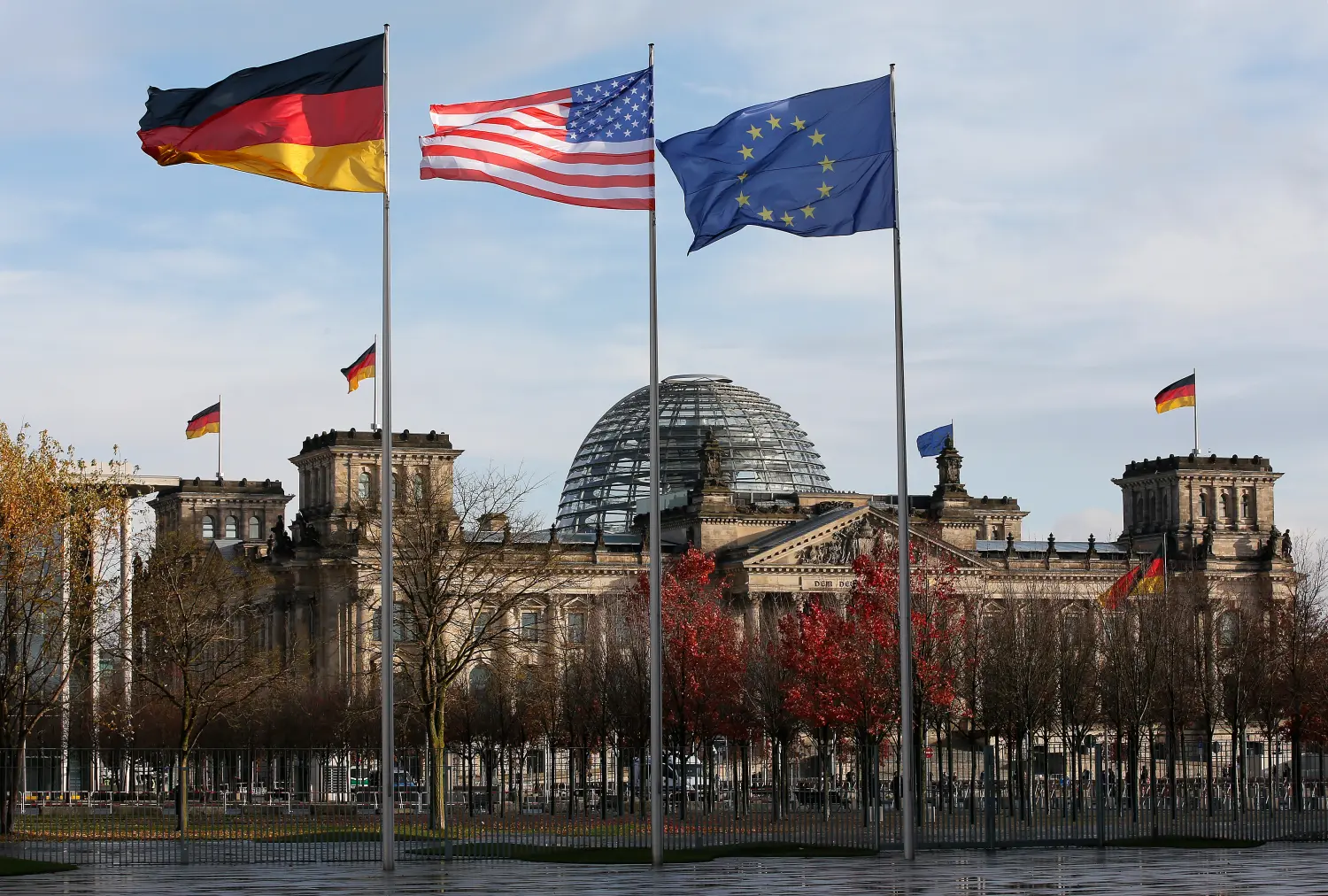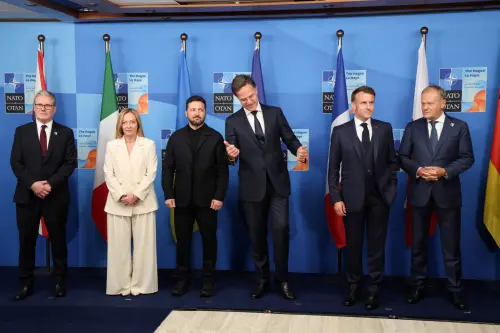Three visions of Europe’s political-economic future emerged in the postwar years. The first, that of the Integrationists Jean Monnet and Robert Schuman, sought to build new institutions that might unite the peoples of Europe. It aimed, without destroying Europe’s nation-states, to develop sub-national, supra-national and trans-national institutions that would effectively preclude the possibility of conflict on the continent. The vision allowed for diverse economic models, from the social market economy to the idea of “European planning” that envisioned Keynesianism on a European scale. It imagined various geopolitical configurations from a political union of the original six leading to a genuine federation, to Monnet’s idea of a global expansion of economic integration and political democracy, with European regional integration serving as a springboard. But, in essence, this vision was always about combining political pluralism, economic interdependence and common laws in a manner that might consolidate stability and democracy on a base of regional economic integration.
The second vision, that of de Gaulle, was based on the independence of states rather than the interdependence of societies, on the permanence of nations instead of on their obsolescence, and above all, on the ambition to liberate Europe from the guardianship of the “two hegemonies” of the United States and the Soviet Union. Here too, there existed different versions: a three member “directoire” to run the Atlantic Alliance, a Franco-German Treaty to provide leadership for Europe, or a Europe of Nations from the Atlantic to the Urals. But the goal always remained the same: a continent of economically diverse states conscious of their identity and proud of their national traditions. This meant most directly a French France within a European Europe.
Finally, the third vision, that of the British, had in common with Gaullist Europe a concern for maintaining national sovereignty and a mistrust of federalism and European bureaucracy. But there the resemblance ended. Economically, the British vision described a vast free trade area in which market mechanisms would prevail. Politically, it imagined preserving the traditional British role of arbiter among the continental powers. Above all, the British vision saw the creation of European superpower as unrealistic and undesirable, preferring instead the role of wise counselor to the American superpower.
Each of these visions has value and even majesty: the Integrationists’ hope that political and economic integration might allow Europe to avoid the dismal logic of power politics; the Gaullists’ ambition to retain Europe’s grandeur and global role, the Brits’ adaptive acceptance of Europe’s new economic and geopolitical realities. But, today, it is the negative side of each of these projects that prevails, either because they have neutralized each other’s best aspects or because they have shot themselves in the foot.
The Brookings Institution is committed to quality, independence, and impact.
We are supported by a diverse array of funders. In line with our values and policies, each Brookings publication represents the sole views of its author(s).



